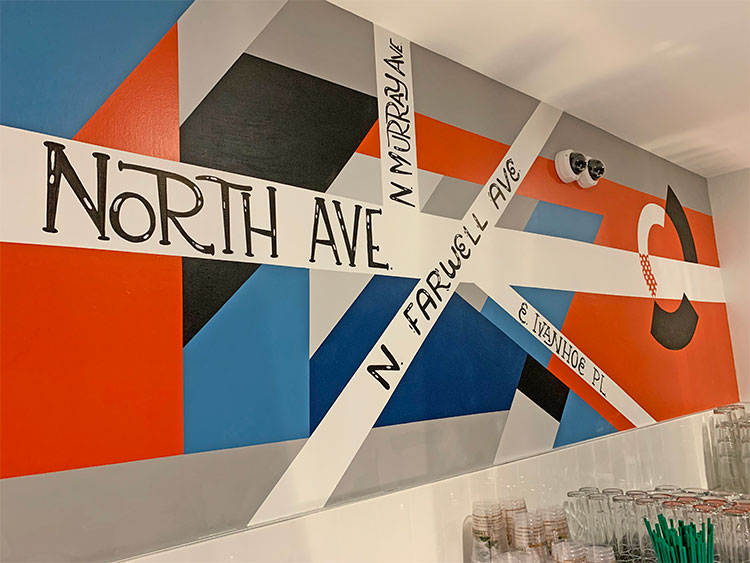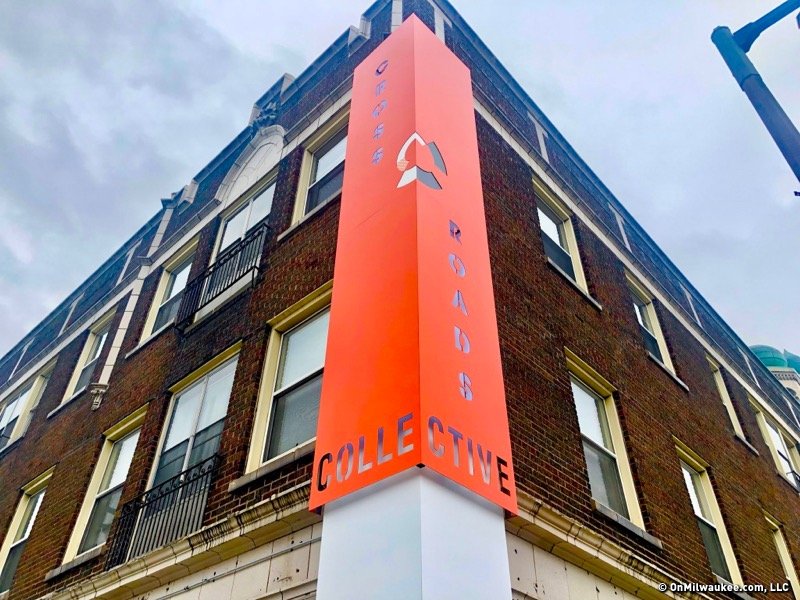


So instead of relying on consumer data, they built a mathematical model to explore the above trade-offs.Īs they developed their model, the researchers recognized that even on a given platform, consumers will make different data-privacy decisions about different types of information. It can be hard for researchers to get data from apps like Waze or contact-tracing programs to perform an empirical analysis. “Our work helps businesses and regulators think through those in assigning control over data to businesses or individuals.” A Model of Data Control “There will always be trade-offs among business, consumer, and public benefits,” Markovich says. Out of that framework came a way of thinking about how much control to assign to users or businesses based on potential public benefits and patterns of discomfort among users. They created a model that enabled them to manipulate dimensions including the public benefits of sharing your data and how much discomfort different users felt over sharing specific types of data. To take a more systematic approach to understanding how and when to grant users or businesses control over data, Markovich and collaborator Yaron Yehezkel of Tel Aviv University launched a study. “Like when I’m looking at Europe-based websites to find reading material for my classes, I’m constantly asked if I am willing to ‘accept cookies,’ and I’m trying to be responsible with my privacy, but at some point you just get tired of it and say, ‘Okay, accept all cookies!’ So the control is imposing a cost on the user, and that takes away from the benefits of having that control.” “But even having more control over our data as consumers has challenges,” Markovich says. gives companies like Google and Facebook relative carte blanche when it comes to collecting and using data. For example, Europe’s General Data Protection Regulation (GDPR) dramatically limits businesses’ control over data, while the U.S. Such scenarios led Markovich to consider who should have more control over consumer data-businesses or users-and when.įrom the start, she believed that a nuanced approach would be useful-unlike the black-and-white approaches adopted by many governments. This type of dynamic, where people could get the benefit of others’ data without sharing their own, would also apply to contact-tracing apps. “That means he gets all the private benefit without contributing to any public benefit, but he’s benefiting from the data others have shared,” Markovich says. And this, of course, provides no public benefit either. Or an individual user could use an app only for their own benefit, such as opening a navigation app to plot a route to your destination but then closing the app so it can’t follow you as you drive-a practice Markovich says her father follows.

Companies can benefit from selling data that individual consumers share while using an app, in which case there’s a large potential commercial benefit to the company but at a cost, or discomfort, to consumers. “That traffic apps became less accurate during the pandemic shows that if you don’t have public data, it’s hurting everyone because there is a public-good aspect to data,” she says.īut the relationship between the acquisition of such data and the public good is a complicated one.

She’s interested in the relationship between consumer data and public benefit. This phenomenon was of interest to Sarit Markovich, clinical professor of strategy at the Kellogg School.


 0 kommentar(er)
0 kommentar(er)
